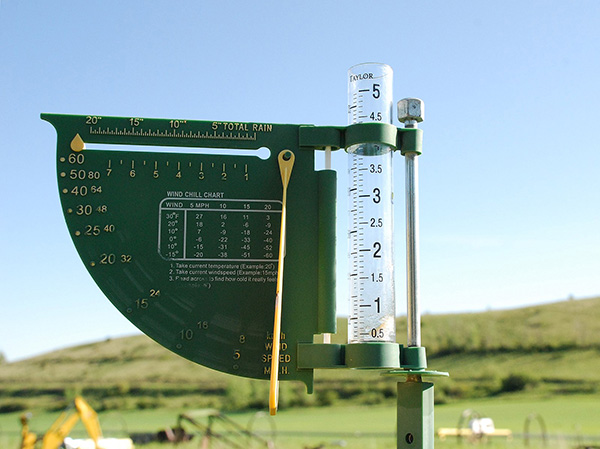The direction our weather comes in from matters a lot. Is it up, down or sideways on the map?
El Niño, autumn and spring all produce a lot of sideways weather – that is, weather that comes from the west or east with a lot of westerly or easterly driven winds.
When air moves from the side of us it’s usually not a lot warmer or colder. Generally easterlies can be a little cooler off the open Pacific Ocean and westerlies a little warmer coming out of Australia and the Tasman Sea regions.
El Niño encourages a bit of both “sideways” airflows (more westerlies) and “up” weather (occasional southerlies) into New Zealand.
So when the winds come “up” they are southerlies off the Southern Ocean and are colder. When the winds come “down” from the sub-tropics they are milder (as we had last year with La Niña producing so many tropical lows and northerly quarter winds).

El Niño and this part of autumn means NZ will be on the edge of more sideways (westerly driven) and up (southerly driven) weather. Sorry, Southland, that means more of the same for you.
In fact in the final week of March the NZ soil moisture maps showed a classic El Niño set-up with the wettest weather in that southwestern corner of the South Island – the first regions to get those westerly and southerly flows. Placing Marlborough and Nelson, Wellington, Horowhenua and Wairarapa and now Northland too into rain shadows.

With the first quarter of 2024 now done, here’s the State of the Nation as we kick off the next quarter.
North Island:
The eastern side of Northland is now much drier than average, more so than any other region compared to normal. Driest areas are from Whangārei to Coopers Beach.
Parts of Auckland, Bay of Plenty, Hawke’s Bay, Wairarapa, Horowhenua and Wellington are all dry too, but have had more showers recently. Wettest areas from a soil-moisture point of view are the western North Island (as they have been all through summer). You can thank the sideways westerlies for that up there, but the sou’west lean at times is why the lower North Island has been in a rain shadow caused by the Southern Alps.
South Island:
Obviously Marlborough and Nelson and Tasman Region, but also some parts of Canterbury could all do with a drink. The upper South Island is the driest with only some rain relief in the ranges for some waterways, rather than over land itself.
Upcoming Rainfall
• The South Island looks to continue with the traditional El Niño rainfall next week or two
• North Island has a messier autumn look to it with hit and miss rainfall spread across the island.
• Many places may continue to lean drier than average though general forecast totals are lifting slightly on where they were a month ago, but central to South Canterbury may have the lowest amount of rain over the next 10 days.










